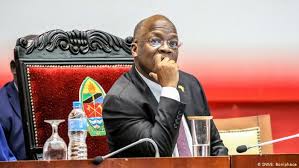Five years ahead of schedule Tanzania achieved middle income status. To be exact, the World Bank changed it's classification from ‘a low-income to a lower-middle-income country.’ East Africa’s sleeping giant is finally awakening. Right in the middle of the global Coronavirus pandemic, Tanzania has provided a rare piece of good news — on 1 July 2020, the
[elementor-template id="94265"]
